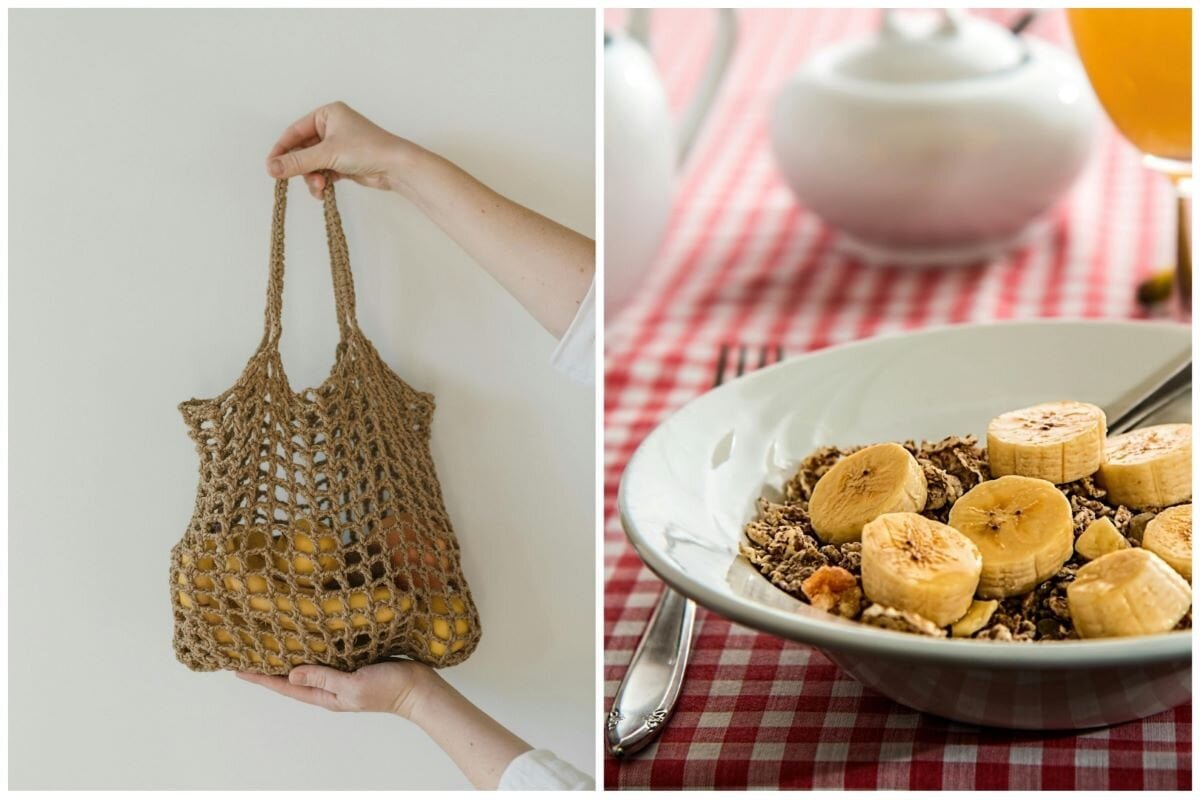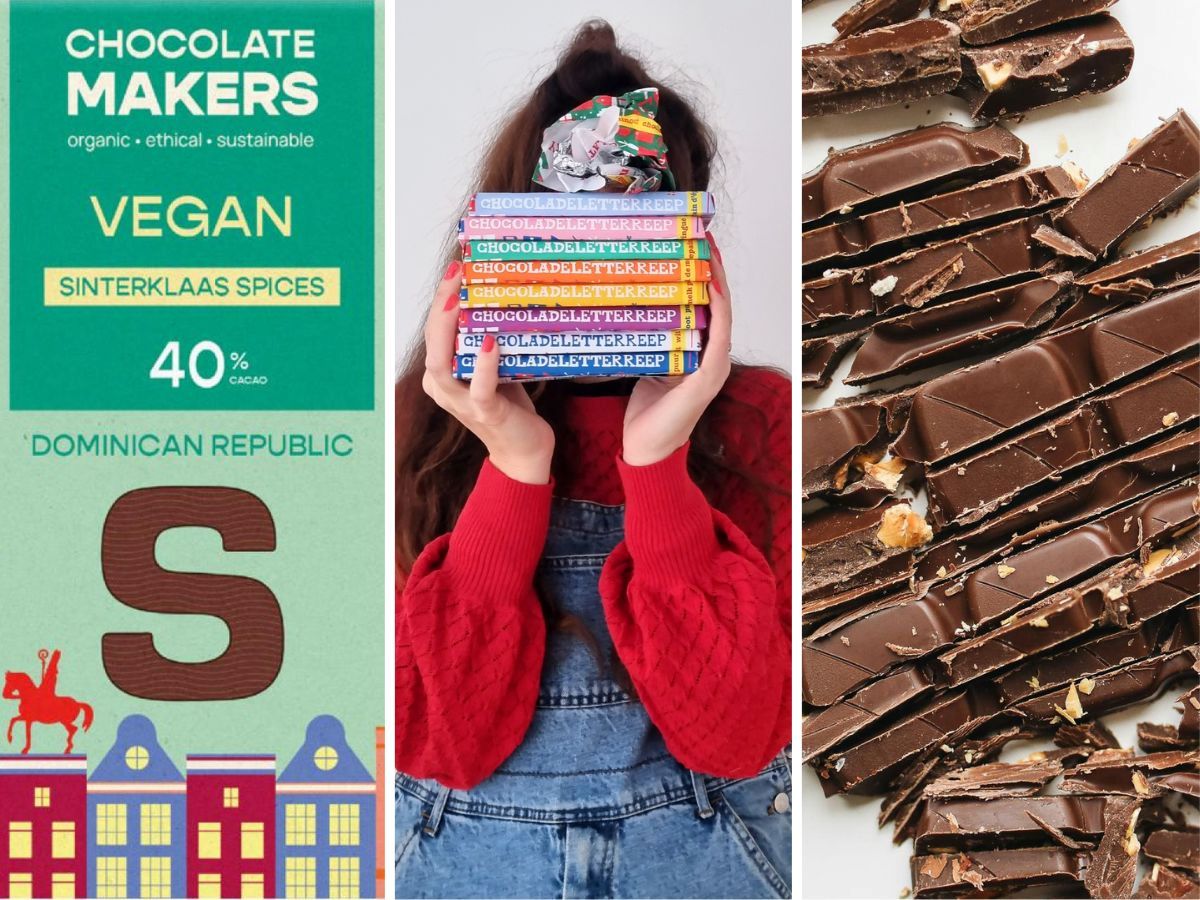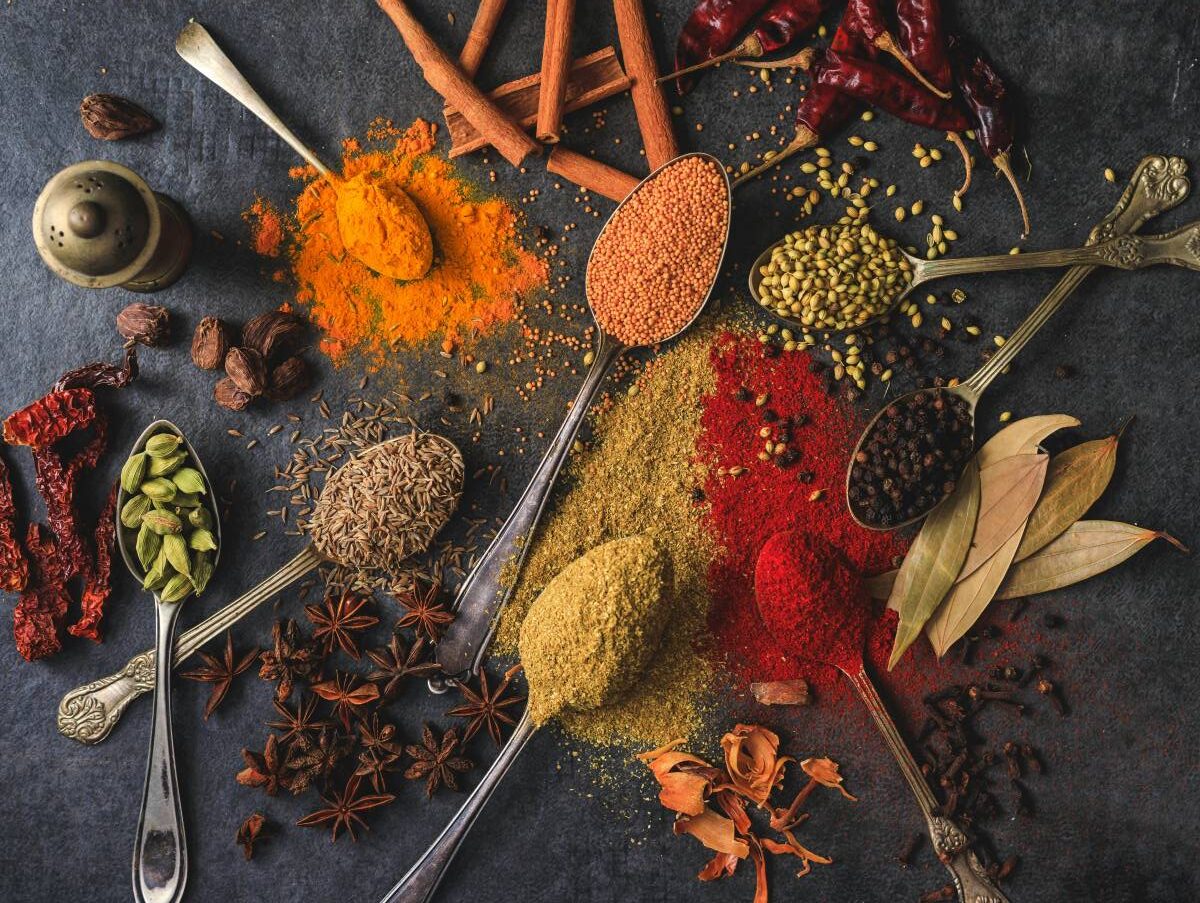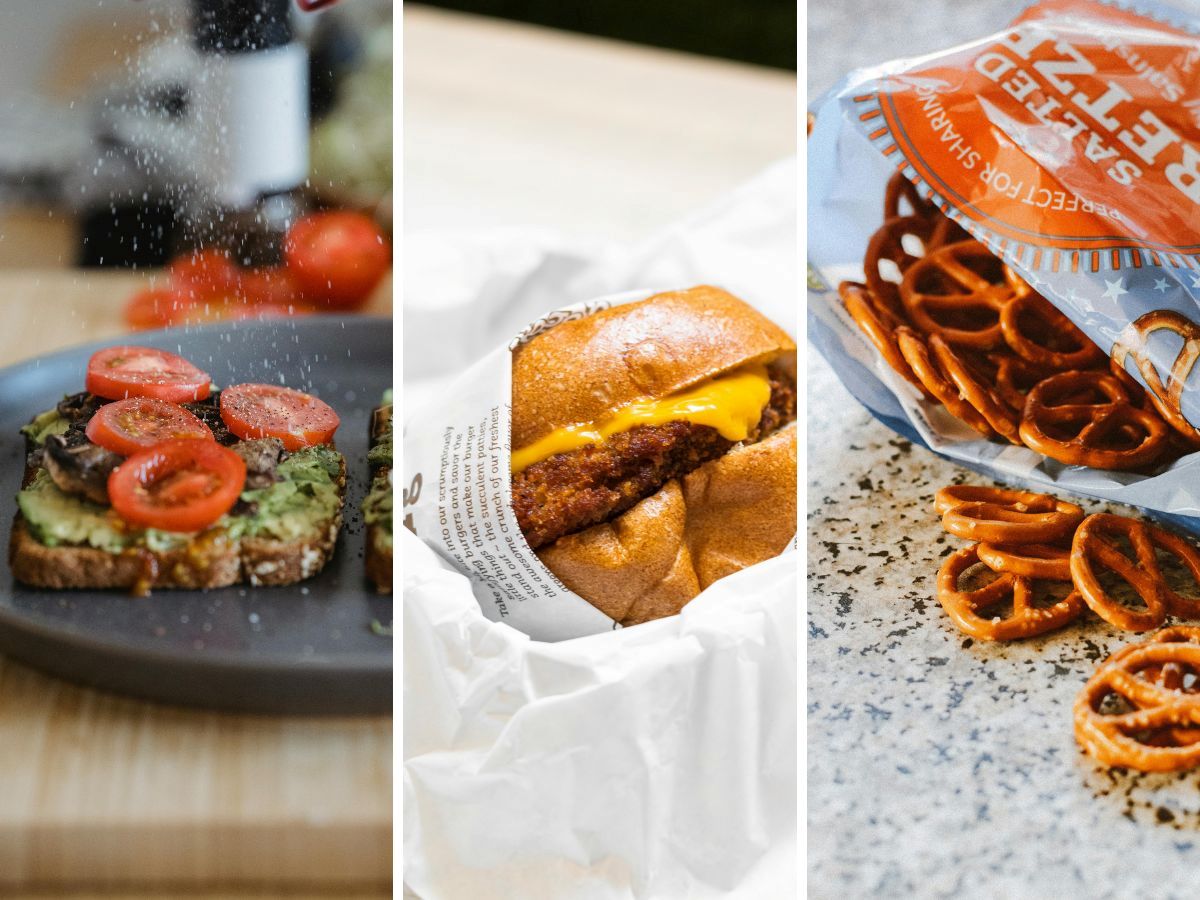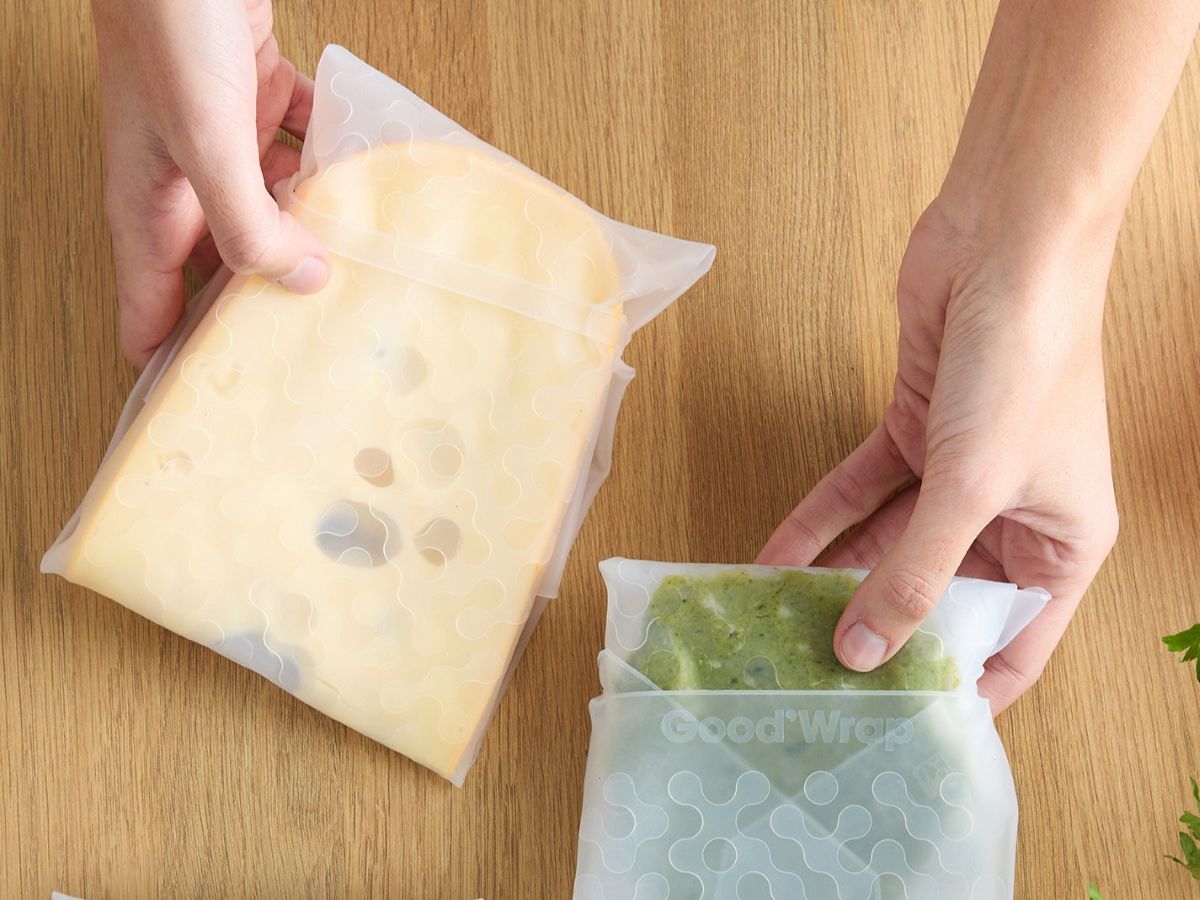After the apple, banana is the most widely eaten fruit in the Netherlands. Yet we also regularly hear the question of whether bananas are sustainable. Bananas come from far away, of course. Moreover, they are grown on endless ‘monoculture’ plantations where there is little room for biodiversity and many pesticides are used in their cultivation. So how environmentally friendly is that banana on your fruit bowl really? And how do you make the most eco-friendly choice if you still like eating this yellow fruit? We went to find out!
Which banana do we actually eat?
There are a thousand different varieties of bananas. What, so many? And all those varieties are not all yellow and crooked! There are red, green and even blue bananas! And there are also straight and flat bananas. But commercially, only one kind of banana is widely grown. Which banana do we actually eat? That is Cavendish banana. This is the most widely grown variety in the world. So if you buy crooked yellow bananas in the shop, it is always a Cavendish. That is immediately the banana's first problem. The monoculture in which this fruit is grown has made it very vulnerable to diseases. You have to imagine endless, monotonous plantations on the other side of the world that only grow bananas. This is not good for biodiversity (the original plants and animals living in the area), but it also makes the banana plant vulnerable to diseases. And that is real, because a dangerous one is lurking: Panama disease.
Panama disease affects the roots of the banana tree, causing the plants to die. Until the 1950s, farmers grew the Gros Michel banana. But when that variety was felled by Panama disease, growers switched en masse to the Cavendish banana, which was then immune. Unfortunately, the disease has evolved and now also affects the Cavendish banana. If the banana plantation is infected with Panama disease, all the farmer can do is quarantine the plantation and start over somewhere else. Besides Panama disease, the leaf fungus Black Sigatoka, threatens the Cavendish banana. And against that, only frequent spraying with lots of pesticides helps. Not exactly a pretty story, then!

The banana we know is always of the same variety, Cavendish banana.
Transport of bananas
When it comes to the sustainability of our food, people often ask about the product's transport kilometres. If something has to travel thousands of kilometres before it reaches our plates, ‘then it can't be environmentally friendly’. A banana is a tropical product, so the conclusion is then often quickly drawn. Yet that logic turns out not to be entirely correct. Although transporting bananas certainly puts a strain on the planet, the total emissions per banana are very low. This is because a cargo ship can hold a huge number of bananas: one large container ship would hold up to 500 million bananas. In practice, these ships are loaded with several products and by no means just bananas, but you get the point. Converted, 29 bananas per Dutchman fit in one boat! Now you probably understand that the emissions per bunch of bananas are quite low. In fact; if you get your groceries by car, the emissions from your last few kilometres for those bananas are greater than the entire journey of thousands of kilometres before that. Banana, therefore, actually has a low food footprint. So that a banana is a tropical product from afar and therefore inherently bad is not true. OK, but does that make a banana sustainable? Well no, not quite that either....
What's wrong with growing bananas?
As mentioned, bananas are grown on large plantations, where intensive monoculture takes place. That is, nothing but bananas are ever grown on those plantations. You may be familiar with the image of ancient rainforests that have given way to endless plantations where only the same food is grown. As a result, animal species are dying out, soil fertility is rapidly decreasing and lots of fertilisers are needed to keep growing bananas. Moreover, as explained above, bananas are frequently sprayed with pesticides to prevent fungi and diseases. Those pesticides are not exactly healthy for the soil, the animals and insects that do remain in the area, and the people working on the plantations and living around the banana plantations. Moreover, plantation workers work long, hard days for low wages. So not a good idea when you take a bite of that fine yellow fruit.


So there is also a lot going on when it comes to growing bananas. So choose fair trade, is the tip.
How to choose eco-friendly bananas?
What can you do to make a better choice? Fortunately, quite a lot! Indeed, a lot has changed in the banana market in recent years. Today, already half of the bananas in the supermarket carry a (top) label. For bananas, there are even three different top labels: Rainforest Alliance, Fairtrade and organic. Rainforest Alliance offers workers a minimum wage and better working conditions. Fairtrade gives a minimum price to banana farmers and extra premiums for cooperatives. And if you choose organic bananas, you know that no artificial pesticides have been used. Want to make a sustainable choice? Then choosing a certified banana is a better choice than one without a label. Want to know more about hallmarks? We found out earlier in this item.
Whatever you do: don't throw bananas away!
What else can you do? Because it has taken so much effort to grow, pick and transport that banana, it is extra important not to throw bananas away. Because if a banana ends up in the bin, all your efforts will have been for nothing. Don't let it get brown and if it does, check this article because we also have plenty of ideas what to do with those delicious overripe sweet bananas. And did you know that you can also make a difference when you buy bananas at the supermarket? Because loose bananas often remain in the fruit section. People seemingly prefer to buy a nice bunch, and so supermarkets throw away those orphan bananas - that's what we call them - at the end of the day or week. A shame, of course! So opt for loose bananas instead and avoid wasting them. And once the bananas are at home, store them carefully and don't put them on the fruit bowl together with your apples and other fruit. That way, bananas often ripen too quickly and turn brown too quickly. Hungry for more fruit storage tips? Then check out this fine list, because we've picked that too!


At thegreenlist.nl, we know what to do with old bananas! We buy as many orphaned bananas as possible and make the most delicious recipes with them, such as this banana bread.
How sustainable is a banana on your fruit bowl?
So the bottom line is that there is a lot wrong with that banana on your fruit bowl, unfortunately. Although the food footprint of a banana is small, a lot of pesticides are used and these crooked yellow fruits are often produced under poor conditions. Opting for labelled bananas is therefore the most eco-friendly choice. And of course, at home you try to avoid the banana going in the bin, but eat it instead!
More sustainable tips from thegreenlist.nl
- Is it sustainable to eat mango? View the article.
- How sustainable is jackfruit? You can read it here.
- And how sustainable are avocados? We have also checked that out for you.
- Is palm oil bad? It's not as black and white as you think.
Sources: Curioctopus, Nutrition Centre, EOS science, Foodfootprint, Ourworldindata, MAX Today, nu.nl, a.s.r., Bussink, M. (2015). Food from the neighbourhood. Enough series. Photo credits: main image: Arina Krasnikova (Pexels) & Pixabay (Pexels) , bunches of bananas: Kio (Pexels), standing image banana plantation worker: Rahul (Pexels), lying image banana plantation worker: Vincent Tan (Pexels), orphan bananas and banana bread: thegreenlist.nl.

